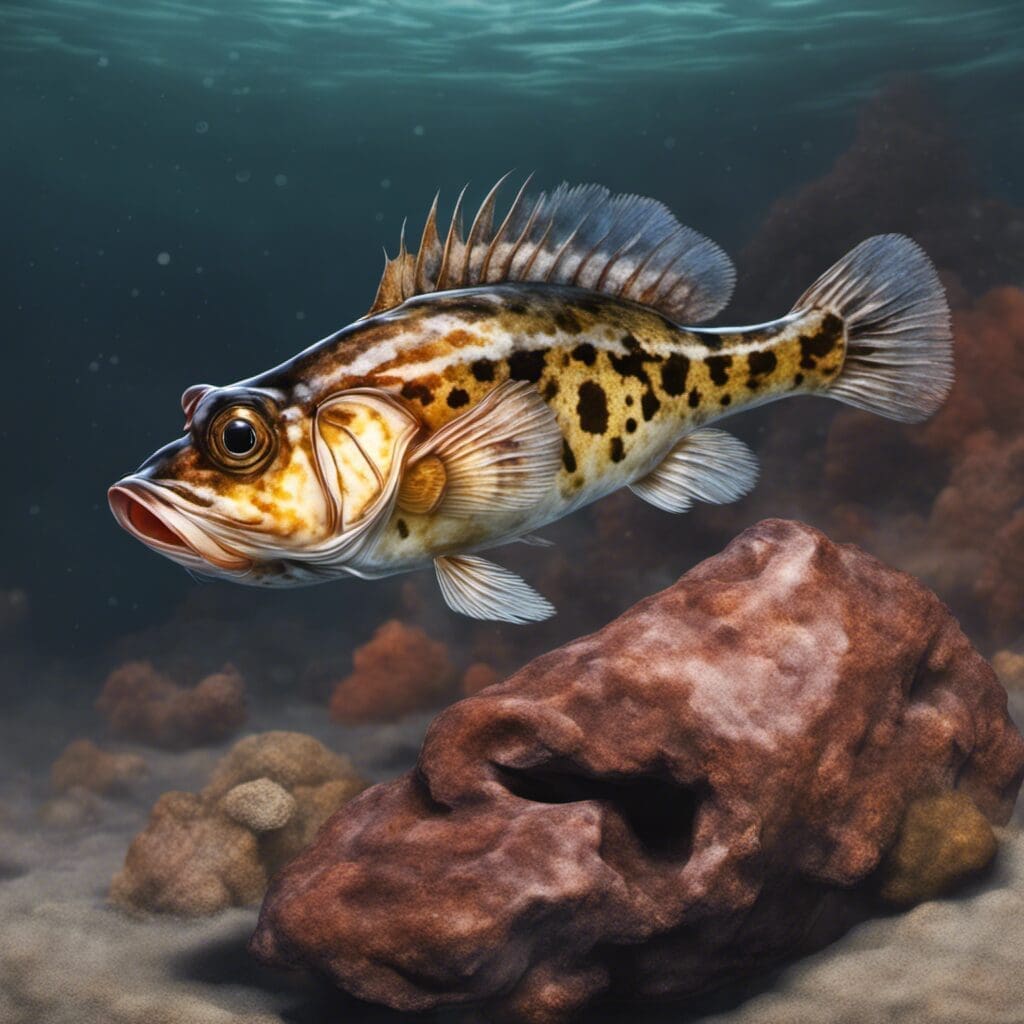Introduction
The Sculpin is a unique species of fish belonging to the family Cottidae. Varied in size and appearance, Sculpins distinguish themselves with their wide pectoral fins, large heads, and ability to survive in a plethora of water conditions.
Conservation Status
Currently, the Sculpin is not listed as a threatened or endangered species. However, certain species like the Banded Sculpin and Tidepool Sculpin are monitored due to their limited distribution areas. Conservation efforts primarily focus on preserving their habitats and preventing pollution.
Statistics
| Average | Range | |
|---|---|---|
| Length | 5 inches | 1-20 inches |
| Weight | 1 ounce | 0.1-2 pounds |
| Lifespan | 6 years |
Distribution
Sculpin species have a vast distribution, with habitats spanning North America, Europe, and Asia. They don’t typically exhibit migration patterns, instead favoring to inhabit particular regions year-round.
Habitats
From saltwater to freshwater, Sculpins can be found in various water types, although they’re more prevalent in colder water bodies. They live in a depth range from shallow waters to 200 meters down. Their preferred temperature range varies but often hovers around 5-10°C for many species.
When and Where to See
Sculpin are typically active around the dawn and dusk. While they can be spotted year-round, their activity peaks during spring and autumn seasons.
Best Fishing Locations
Finding Sculpin means looking in colder water bodies. In North America, popular fishing locations include:
- Lake Erie, USA
- Puget Sound, USA
- Oldman River, Canada
- Bering Sea, Alaska
How to Catch
Bait that mimics their natural diet of small fish and crustaceans, like worms or small lures, is effective. Traditional rod and reel fishing, as well as fly fishing, can be successful in catching Sculpin. They are usually more active during early mornings and late evenings.
Identification Guide
Most Sculpin species have a flat head, extensive pectoral fins, and are often brown or green with mottled patterns.
Culinary
While not a common fish for eating, Sculpin can be prepared in a variety of ways, including grilling or frying. The taste is subtle and mildly sweet, and it’s a great source of lean protein.
Additional Information
Sculpins primarily feed on small fish, crustaceans, and aquatic insects. Natural predators include larger fish and birds. As for the cultural significance, they are considered an indicator species in water bodies, telling us about the general health of the aquatic ecosystem.
References and Further Reading
For those looking to explore more about this fascinating species, sources like “Freshwater Fishes of North America”, “Sculpin of the Northern Pacific” are strongly recommended. Note, the mentioned titles should be sought in print or online libraries.

